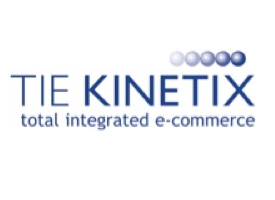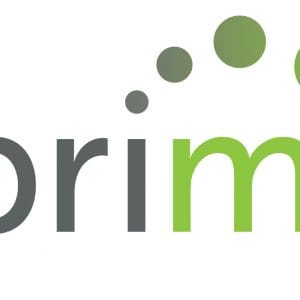Topics
Content Marketing: The Key To Winning Partner Mindshare
 By Patricia Hume, President, Trapit
By Patricia Hume, President, Trapit
Editor’s note: Following is part one of a three-part series focusing on the importance of content discovery and curation for the channel. Part two will be published in the August 21 newsletter.
According to a recent Linkedin survey, 190 channel managers stated that the biggest challenges they faced with their channel effectiveness was capturing and maintaining mindshare of their partners. The survey went on to explain that mindshare is a broad category, and there are many factors to consider, including: Communications, trust, engagement, focus and loyalty, among others.
When considering mindshare, one must ask the following questions:
- Do your partners trust you?
- Do you have frequent and relevant dialogue while leveraging the appropriate channels by which to reach them?
- Does your channel believe that you really understand their challenges in creating their own awareness, demand and revenue?
So, how do suppliers and distributors succeed in building mindshare? Effective communication is the No. 1 priority. Communication is critically important for building trust; and with trust comes more engagement and loyalty.
And remember, mindshare is built after the partner decides to become a member of the supplier ecosystem. Mindshare relates to the ongoing development of the supplier’s authority and leadership in the industries they choose to service, and then convincing the partners that they have, in fact, succeeded.
Suppliers continue to build communication strategies for their partners to improve mindshare with their ecosystem. Perhaps it is now time to consider “content marketing strategies” as a new twist on traditional communication strategies.
Content marketing is a new way of thinking about how to create, curate and distribute valuable, relevant and consistent content to attract, acquire and maintain a targeted audience. The end goal is to drive loyalty, engagement and profitable customer action.
Content marketing is the essential element for the successful execution of channel growth objectives. It is not just about talking to the channel about the news associated with the supplier’s products, services, pricing, policy changes, etc. Rather, a successful content marketing strategy is a broad content marketing strategy. It should include important industry trends, competitive positioning, competitive news, regional news, and relevant and real-time information that assists channel members in realizing their growth strategies.
The content provided should not only educate your channel and augment the training/enablement that is provided by the supplier, but also help bolster the marketing elements of the partner’s business. Providing the right content to partners will allow them to augment their web site, improve their lead campaigns, and also start effective social selling to their prospects and constituents.
By now you may be thinking: “Wow, this is a lot of content that has to be distributed across a lot of end points. We cannot possibly create that much content!”
And you’d be right.
In today’s digital culture, where your target audiences stand the risk of being drowned in irrelevant or repetitive information, it is imperative that you implement a proven system to help you discover, curate, distribute and analyze the impact of the kinds of relevant third-party content your channel partners want to consume.
When thinking about how to build a content management strategy for the channel, here are some considerations:
1) Suppliers need to make sure the content they share is consistent with their brand.
2) The content must be more than just parochial data about the supplier’s products and services.
3) Suppliers need to build a content management strategy that strikes the right balance between created and curated content. It is near impossible to create enough content to keep up with what is needed.
4) Partners need frequent outreach, but the information needs to be relevant and easy to digest.
5) Partners want to consume content across different channels. Partner portals are no longer enough. Newsletters, Twitter, LinkedIn, Facebook, mobile applications and micro sites are all viable channels for partner outreach.
6) Enabling your partner’s social media strategy is an imperative — partners need to be socially active. Social selling works, and a good supplier will enable their partners with content that they can share to drive revenue.
In summary, a solid content marketing strategy with the proper blend of created and curated content is required to improve supplier mindshare with their partner ecosystem. The ability for the partners to effectively leverage social media to market and sell on behalf of the supplier is a huge differentiator. There are real benefits associated with getting this right.
Stay tuned for the next blog in this series, which will describe some of those tangible results you can expect to see.




![What Beer And Content Have In Common [Infographic]](https://channelmarketerreport.com/wp-content/uploads/2014/07/Beer-Gif-1-300x300.gif)









